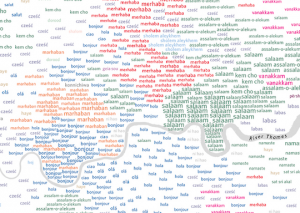
New paper: Using crowdsourced imagery to detect cultural ecosystem services: a case study in South Wales, UK
Gianfranco Gliozzo, who is completing his Engineering Doctorate at the Extreme Citizen Science group, written up his first case study and published it in ‘Ecology and Society’. Cited as Gliozzo, G., N. Pettorelli, and M. Haklay. 2016. Using crowdsourced imagery to detect cultural ecosystem services: a case study in South Wales, UK. Ecology and Society … Continue reading New paper: Using crowdsourced imagery to detect cultural ecosystem services: a case study in South Wales, UK![]()











